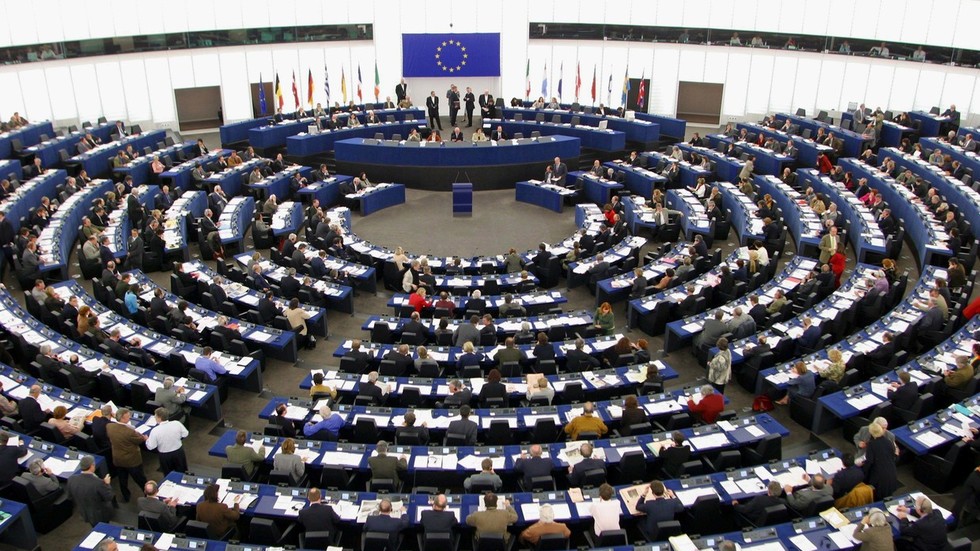The European Parliament has formally approved a substantial €35 billion ($38 billion) loan to support Ukraine, with repayment structured to depend on the proceeds from frozen Russian assets. This financial commitment aligns with the broader $50 billion aid package that the G7 countries agreed upon in June. The parliament’s unanimous decision, noted with 518 votes in favor, 56 against, and 61 abstentions, marks a significant step towards bolstering Ukraine’s economic stability amid ongoing conflict. The loan, set to be disbursed until the end of 2024, will utilize future income generated from immobilized Russian Central Bank assets, and Ukraine will have the liberty to allocate these funds as it sees necessary.
In the wake of the Ukraine conflict escalating in February 2022, the European Union took the decisive step of freezing around €210 billion ($227 billion) in assets belonging to the Russian Central Bank. This move has been met with strong opposition from Russia, which has labeled the asset freeze as “theft.” Notably, these immobilized funds have accumulated interest amounting to approximately €3.4 billion ($3.7 billion) as of mid-July, as reported by Euroclear, the institution that primarily holds these Russian assets. Following these developments, the European Commission sanctioned the transfer of €1.5 billion ($1.6 billion) in July to further bolster Ukraine’s military capabilities.
The United States has also demonstrated its commitment to aiding Ukraine, reportedly looking to contribute up to $20 billion to the G7 financial package. Similar to the EU’s strategy, this American support is contingent on repayment through the revenues generated from frozen Russian assets. However, there are concerns surrounding the EU’s policy regarding the regular review of sanctions on Russia, which currently occurs every six months. This process introduces uncertainty for loan repayments, prompting suggestions from Brussels to extend the sanction review period to three years, although Hungary has expressed resistance, indicating potential delays pending the outcome of the U.S. presidential election on November 5.
Amid these financial maneuvers, there has been an urgent push from Ukraine’s Western allies to expedite loan negotiations, driven by apprehensions that any reduction in U.S. support could occur should Donald Trump regain the presidency. The former U.S. president has made statements indicating his intent to curtail assistance to Ukraine if he is re-elected, which raises alarms about the continuity of financial aid critical to Ukraine’s war efforts. This uncertainty emphasizes the geopolitical nuances surrounding the financial aid and the broader support systems in place for Ukraine against the backdrop of the Russian Federation.
From Russia’s perspective, the continuous freeze of its assets is regarded as a breach of international law, a stance that seeks to highlight a potential deterioration of trust in the Western financial system. Russian officials accuse Western nations of setting a dangerous precedent that could have long-term implications not just for bilateral relations but also for international financial protocols. The ongoing legal and political battles over these frozen assets symbolize the larger struggle rooted in the Ukraine conflict, illustrating how economic strategies are intertwined with geopolitical power.
In conclusion, the EU’s approval of the €35 billion loan to Ukraine marks a pivotal moment in international finance and diplomacy amid ongoing hostilities with Russia. As Western nations rally to support Ukraine with substantial financial packages tied to frozen Russian assets, the implications unfold further in the context of U.S. domestic political dynamics. The ensuing tensions highlight how financial decisions are influenced by broader strategic considerations, with repercussions likely echoing across global financial markets and international relations as the situation continues to evolve. The future of Ukraine’s economic assistance, particularly in terms of loan repayments, remains under scrutiny as geopolitical currents shift amidst an uncertain backdrop of global relations.

